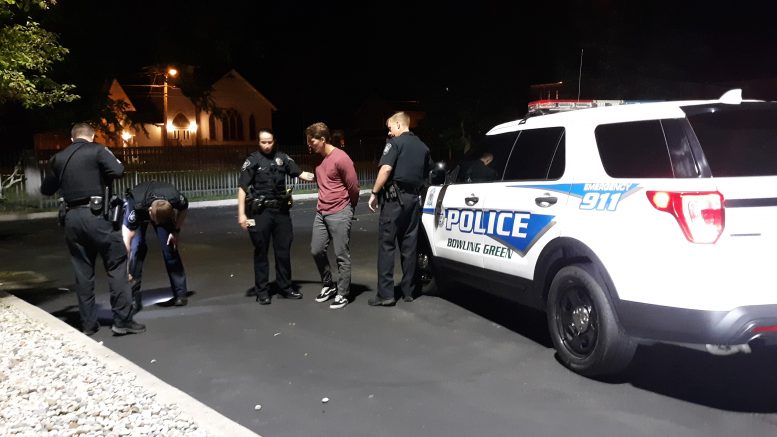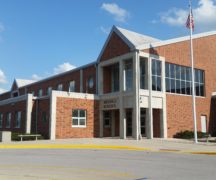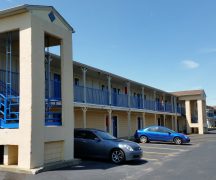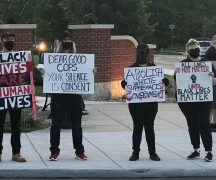By JAN McLAUGHLIN
BG Independent News
Police videos catching crime in action pop up all over social media for curious viewers.
Last year, Bowling Green Police Division got 435 open records requests for video coverage of incidents. Fulfilling each of those requests took anywhere from 20 minutes to 10 hours – with the average time of 3.5 hours, according to BG Police Chief Tony Hetrick.
During a recent City Council meeting, Hetrick explained the proposed city ordinance regarding public information requests. Council will vote on the ordinance at next week’s meeting.
For each video request, police departments spend time reviewing and redacting to protect victims. Police agencies have to be very careful to redact all the required items, before sharing video that may show up on YouTube and other social media, Hetrick said.
That takes time and technology.
The software to monitor and review videos cost BGPD $4,600, plus maintenance costs. And the time to redact items to protect victims can be extensive.
Recently, the state enacted an Ohio Revised Code section addressing public records and the process and fees for receiving records. The change allows municipal police divisions to charge for public video requests.
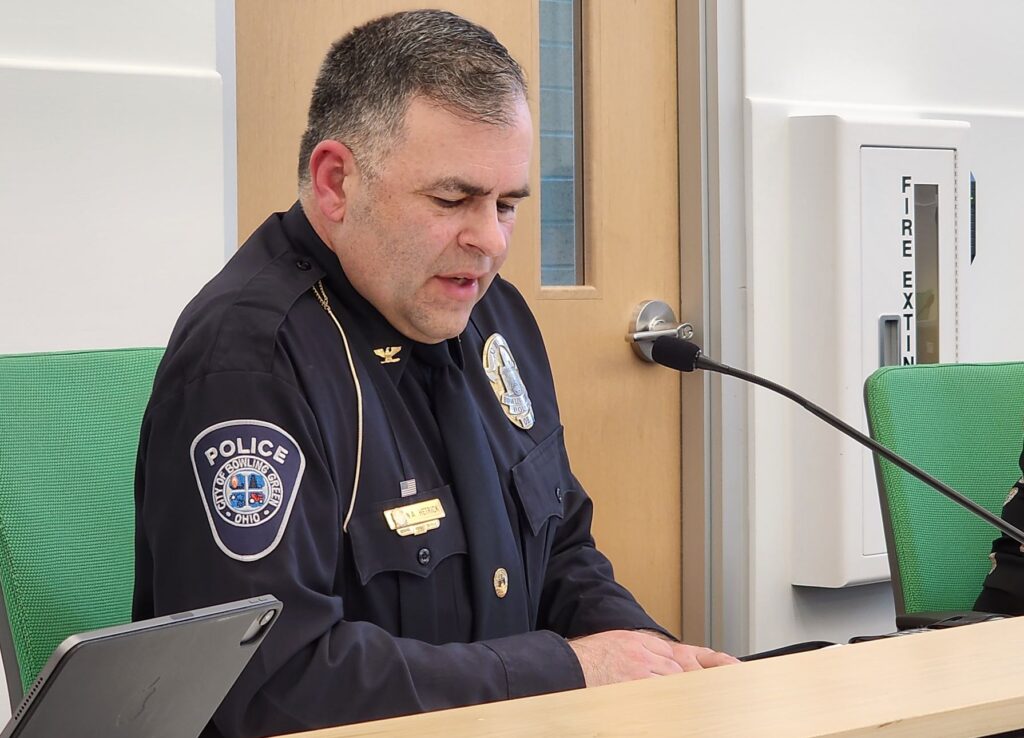
According to Bowling Green’s current fee structure, there are charges for photocopying and for downloading computer files to compact discs. But there is no charge for emailed documents. The city’s current language does not take into account the frequency of video requests and the process of responding to the requests.
The new language from the state allows fees to be charged for the actual costs of preparing video records for production. This is to offset the time and expense incurred in equipment, retrieving, downloading, reviewing, redacting to protect victims, uploading and producing video records.
The Ohio Revised Code requires that certain information be removed from videos prior to their distribution. This work, depending on the size of the video request, can be lengthy and time consuming.
These requirements have led to some police departments hiring additional personnel to do this work. The Bowling Green Police Division made a request for such a position in its 2025 budget, but it was not funded. Because the work is impacting operations, it is likely that the position will be requested again in the future.
Hetrick talked about the changing technology during his 30 years of policing. BGPD embraced body cameras for officers when they became available.
“It’s not something we were afraid of when they came out,” the chief said.
The installation of 27 license plate reader cameras throughout the city has netted success at identifying stolen vehicles, or suspects in crimes. Recently, the cameras were used to locate a person having thoughts of suicide, Hetrick said.
“When I started in this career, we didn’t have cameras and computers in cars,” he said. But the technology has helped BGPD help keep the community safe, he added. “That’s the way policing is being done now.”

